Why is India the world’s top arms buyer?
In 2015, India entered the elite club of countries boasting indigenous nuclear-powered submarine
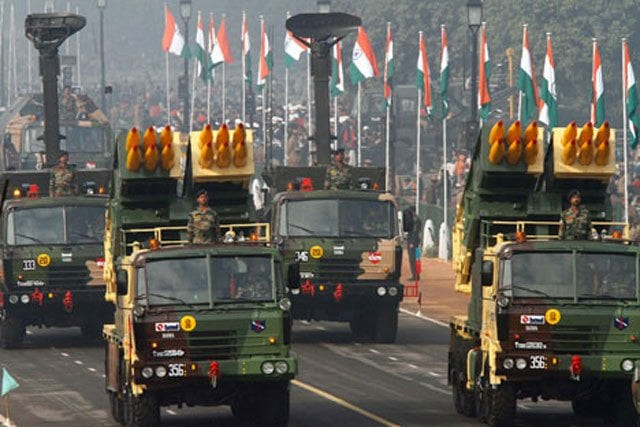
PHOTO: Reuters
Notwithstanding significant military superiority over Pakistan and marginal threat from China, India has been arming its military to the teeth. The so-called ‘modernisation’ plan feeds into India’s aspirations to have a blue-water navy and become a global military power with a permanent seat at the UN Security Council.
India's defence build-up will disturb stability in region: FO
With a per capita income of $1,581 (as per The 2014 World Bank report) India is in a neck and neck contest with Saudi Arabia (with per capita income of $24,161) for the world’s largest arms importer. In 2014, India topped as the world’s largest arms importers with a whopping bill of $3.1 billion, even surpassing the world’s top oil exporter Saudi Arabia. India’s archrivals, China (spending $1.2 billion) and Pakistan (spending $735 million), ranked seventh and tenth on the arms import matrix, respectively.
As part of its strategic submarine acquisition plan which was initiated in the early 1970s, India is in the third and final stage of producing the vessels. In 2015, India entered the elite club of countries boasting indigenous nuclear-powered submarine after it cleared all sea trials. The INS Arihant is a 6,000-tonne displacement submarine capable of carrying 12 K-15 Sagarika missiles with a range of 700kms or four long range K-4 ballistic missiles.
Based predominantly on Russian technology, the $3 billion strategic vessel is India’s insurance policy for second-strike capability in case of a nuclear war. Its 80-megawatt pressurised water reactor can submerge her for long while making it capable to launch a retaliatory nuclear punch. Two more variants are under construction in Andhra Pradesh and the Indian Navy is expecting another six nuclear-powered, nuclear-armed attack submarines, which are likely to be improved versions of the already leased Russian Akula vessel, registered as INS Chakra.
India’s assured second-strike capability has already sent Pakistan looking for quick fixes and a long-term solution to enhance its submarine detection capability. Islamabad’s ‘all-spectrum deterrence’ can’t be assured minus second-strike capability with the navy.
India is buying 36 Rafael fighter jets from France after prolonged negotiations. French President Francis Hollande recently branded the deal with India as “part of our strategic partnership, based on trust, a very strong trust between both our countries.”
Already, Pakistan’s eastern neighbour is acquiring 272 Russian Su-30MKI fighters in total. Since 2007, Russia has delivered 50 aircraft in flyaway condition. India’s Hindustan Aeronautics Limited Corporation (HAL) has assembled 134 licensed fighters. The IAF plans to deploy 14 Su-30MKI squadrons by 2018.
Russia and India are back on the negotiating table with joint Sukhoi/HAL Fifth-Generation Fighter Aircraft (FGFA) project on the agenda. Moscow has offered India to pay $3.7 billion, instead of $6 billion, for the technological know-how and three prototypes of PAK-FA fighters, its answer to F-35.
Besides requirements of land-air bases, India needs multiple squadrons of fourth and fifth generation jets to feed into its maritime dreams of having aircraft carriers – carrier battle group formation – till 2029. To keep one carrier war-ready, a country needs three, i.e. one for training, the other in routine maintenance and a third in operations.
India's first so-called indigenous aircraft carrier, Vikrant, is slated for delivery by the end of 2018 but with four gas turbine General Electric engines. The second (Vishal) and the third (name not announced yet) are said to be nuclear powered and planned for service in 2029. For now, India has Russia-supplied INS Vikramaditya since 2013, with a likely service life of three decades.
The massive program of modernising the Indian army is already underfoot with tanks, artillery: gunship helicopters et al under production and in process of acquisition. India has raised two mountain divisions of soldiers for high-altitude warfare. Though it postures that their deployment is for Arunachal Pradesh state, which China claims as part of its territory, the force has been raised for warfare in disputed Jammu and Kashmir.
Besides sparing $3.33 billion for the final phase of equipping and raising the special forces, other mega deals being sped up under the Modi government include “new regiments of BrahMos supersonic cruise missiles, Pinaka multi-barrel rocket launchers, 10,000 Konkurs-M anti-tank guided missiles and 25,000 Invar missiles to arm the T-90S tanks,” according to Indian media reports.
Pakistan spent $735 million on arms imports in 2015
There’s never a limit to upgrades given the breakneck evolution of technology. Thus, to keep India’s hawkish plans for regional domination and global influence, the country has already raised a firewall of Internet trolls, which attack foreign and local commentators and news sources. Learning from the Soviet Russia, India is developing a multipronged toolbox to fight psychological warfare too.
Naveed Ahmad is a Pakistani investigative journalist and academic with extensive reporting experience in the Middle East and North Africa. He is based in Doha and Istanbul. He tweets @naveed360

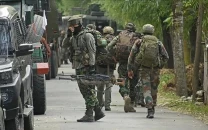
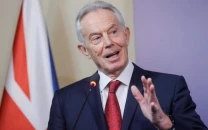

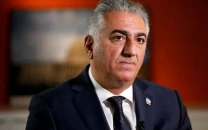
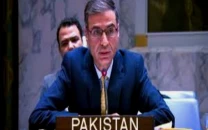













COMMENTS
Comments are moderated and generally will be posted if they are on-topic and not abusive.
For more information, please see our Comments FAQ